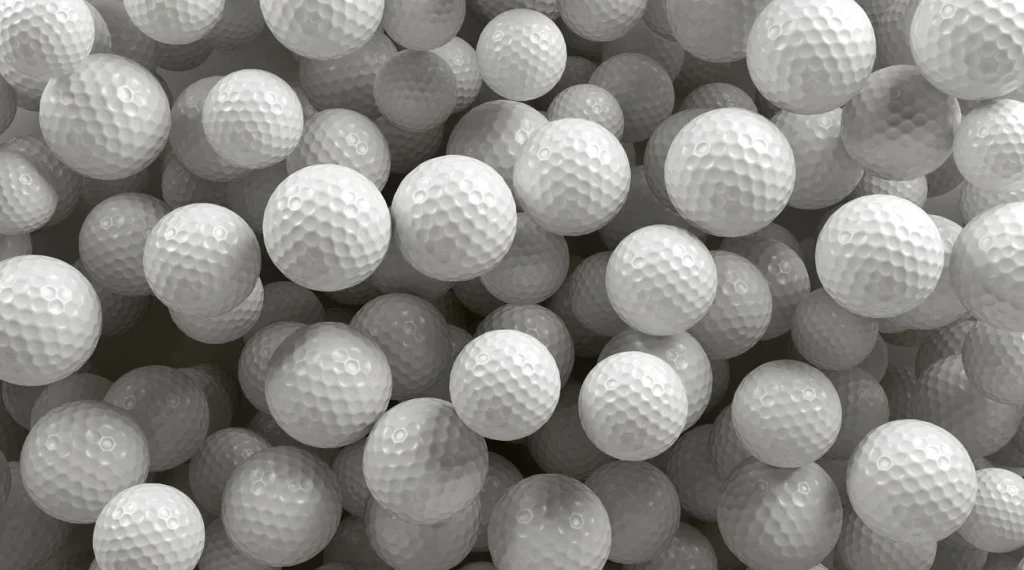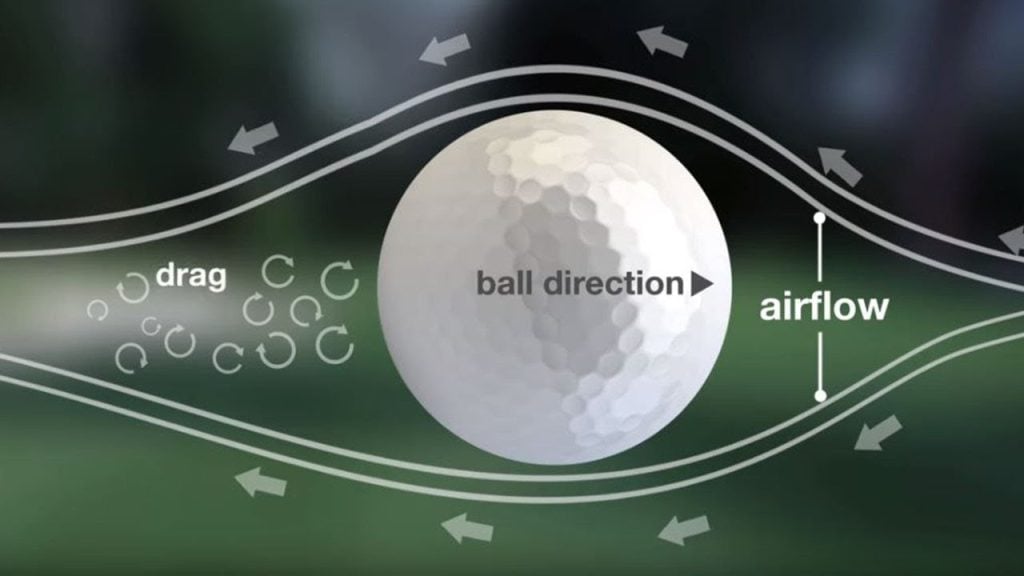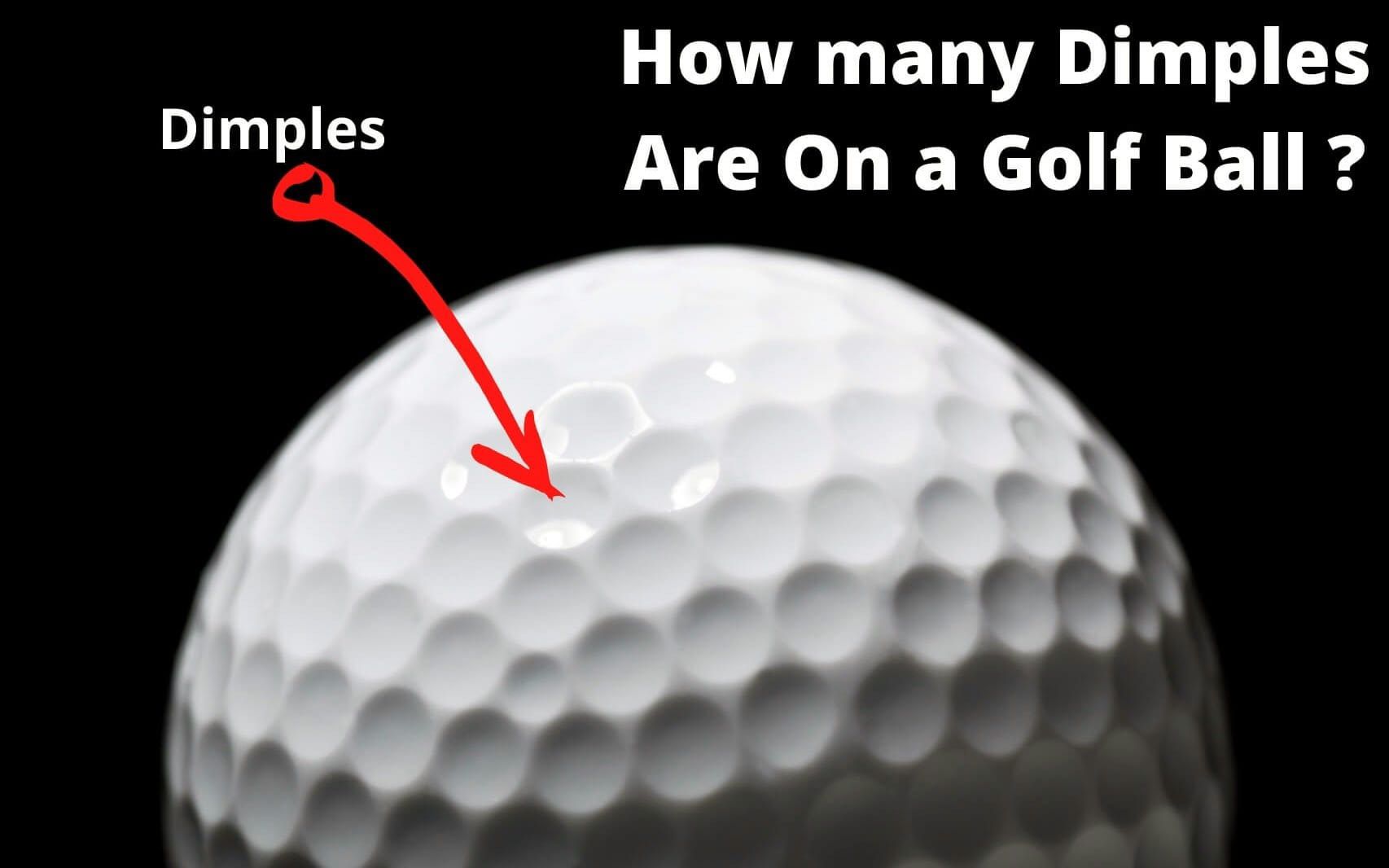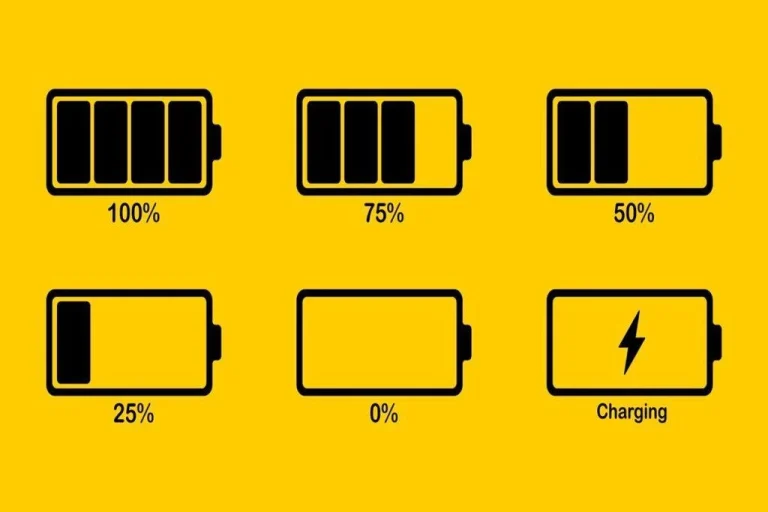How many dimples on a golf ball
Key takeaway:
- The dimples on a golf ball are important for maximizing performance and distance. The aerodynamics created by the dimples reduce drag and increase lift, allowing the ball to travel further.
- The science behind golf ball dimples involves the principles of physics and spin. The design and number of dimples can affect the ball’s trajectory and spin rate, influencing its overall performance.
- The choice of dimple pattern is a personal preference based on individual playing style and needs. Golfers should consider factors such as their level of play, swing speed, and desired ball flight to choose the right dimple pattern for optimal performance.
Introduction: Understanding the Importance of Dimples on Golf Balls
Dimples on a golf ball play a crucial role in enhancing its performance on the green. As we delve into the Golf Ball section, we will explore the significance of these dimples and how they impact the aerodynamics of the ball. Additionally, we will examine the extensive research conducted by the golf industry to optimize the design and performance of golf balls. Get ready to uncover the fascinating world of golf ball dimples and their impact on the game.
Golf Ball
Golf ball dimples are key for performance and flight. They’re small indentations on the ball’s surface, designed to improve aerodynamics and distance/accuracy. The science behind dimples is based on physics, spin, and lift. Performance, tech, and optimization all affect dimple design/arrangement.
Manufacturers use various patterns to suit different players. Dimples have been evolving over time. It’s personal preference to choose the right pattern. But understanding principles can help players pick the right equipment.

Dimples
Golf ball dimples are essential for performance. They change the way air moves around the ball, reducing drag and increasing lift. Every brand has its own dimple pattern, tailored to maximize performance.
The table below summarises the importance of dimples on golf balls:
| Topic | Description |
|---|---|
| Physics | Dimples alter the aerodynamic properties of balls |
| Spin | Dimples influence the amount of spin on a ball |
| Design | Dimple patterns are carefully designed for optimal performance |
| Lift | Dimples create lift, helping balls stay in the air longer |
Players may pick their preferred dimple pattern based on personal style and preference. The origin of dimples on golf balls dates back centuries. Researchers and manufacturers have worked hard to perfect the design and optimization of these dimple patterns for better performance.
Aerodynamics
To grasp the aerodynamics of golf balls, various factors need to be taken into account. These include physics, spin, design, and lift. Physics helps to determine how dimples affect drag and lift. Spin influences the trajectory and distance of the ball. Dimples on a golf ball can differ between brands and manufacturers, impacting its aerodynamic performance.

Analyzing the dimple patterns of popular golf ball brands can provide insight into how different designs alter aerodynamics. Further details might include how dimple patterns have developed and improved over time. This could tell us how technology has affected golf ball performance.
Overall, aerodynamics are vital for both golfers and manufacturers. Players can optimize their game by choosing a suitable dimple pattern for their preference or playing conditions. Manufacturers can utilize knowledge of aerodynamics to create innovative designs that improve performance.
Golf Industry
The Golf Industry is a vital part of the sport, and encompasses a variety of sectors such as manufacturing, distribution, retail, and services. This industry is driven by the demand for golf equipment like balls, clubs, apparel, and accessories. Manufacturers work to innovate and improve their products to satisfy golfers of all skill levels. Research and development are also essential to stay competitive and appeal to customers.
Additionally, the Golf Industry includes advertising and marketing strategies to advertise golf-related services and products. It also depends on sponsorship deals with professional golfers, tournaments, and events to increase its exposure and recognition. This collaboration benefits both sides: manufacturers benefit from boosted sales, while players gain financial support.
At the start of the twentieth century, the Golf Industry experienced growth due to technological advances. These improvements made golf available to a broader range of people, which increased interest in playing golf. The Golf Industry has also evolved with new materials, designs, and manufacturing processes.
The Golf Industry also contributes to charity events. Professional golfer associations host tournaments that raise funds for various causes. These events let people witness top-level golfing talent, as well as provide opportunities to give back to local communities through donations and sponsorships. Through this, the Golf Industry shows its dedication to making a positive effect beyond the game.
Research
Research is key in the golf industry when it comes to understanding and improving golf ball performance. Scientists focus on various aspects of golf balls, like their dimples, to increase their aerodynamics and functionality. Through scientific studies and experiments, researchers try to maximize the design and performance of golf ball dimples, so they can go further and be more accurate.
| Aspects | Importance |
|---|---|
| Aerodynamics | Research helps us grasp the aerodynamic effects of dimples on golf balls. |
| Performance | Research identifies ways of improving golf ball performance through dimple design. |
| Optimization | Research helps us find optimal dimple patterns for different playing conditions and player preferences. |
| Variations | Research looks into different variations in dimple patterns to achieve specific outcomes like spin control or distance improvement. |
Manufacturers invest in research to stay current with innovation. Numerous studies have examined the physics of golf ball dimples, including spin and lift. This helps us better understand how dimples contribute to ball flight and distance.
Research has also advanced technology used for manufacturing golf balls. Manufacturers experiment with materials and construction techniques to create designs that maximize dimple benefits. All this research enhances players’ experience on the course.
As our aerodynamic knowledge grows, we develop new dimple patterns that offer better performance than traditional designs. We explore novel shapes and configurations that optimize lift and minimize drag during ball flight.
Research is an essential part of the golf industry. It plays a huge role in improving golf ball performance and design. Through research, scientists and manufacturers keep enhancing the effectiveness of dimples, offering players options to suit their game preferences.
Golf ball dimples: the secret to unlocking your hidden potential and launching your golf career!
Performance
Golf balls take dimples to the course! Those little indentations are key for enhancing the ball’s flight and distance. Research and technology in the golf industry have refined dimple patterns to boost performance. Dimples manipulate air around the ball, creating lift and reducing drag. Different brands have their own designs, and analysis between them can offer insight.
Ball dimples have come a long way, from handmade with no dimples to consistent and optimized designs. Dimples prove that looks don’t always matter; performance comes in small packages.
Range
To comprehend range in golf balls, it’s important to consider the physics. Dimples reduce drag and let the ball travel further. Different dimple patterns have varying ranges. Companies use diverse designs to optimize aerodynamics and reach maximum range.
Analyzing popular golf ball dimple patterns can help understand range capabilities. Comparing different manufacturers’ dimples and their performance gives insight into how the patterns influence range.
Dimples have improved range over time. Researchers have refined dimple techniques, boosting aerodynamic properties.
Personal preference is a factor when choosing the right dimple pattern. Some players may want control over distance and flight characteristics.
To conclude, range in golf balls involves examining dimple design, aerodynamics, spin, and preferences. Examining these aspects and brands helps players decide which dimple pattern works best.
The Science Behind Golf Ball Dimples
When it comes to golf balls, have you ever wondered about the science behind those tiny dimples? In this section, we will dive into the fascinating world of the science behind golf ball dimples. Prepare to explore their impact on physics, spin, design, and lift. Get ready to uncover the secrets behind these dimples and how they play a crucial role in the performance of a golf ball.
Physics
Golf ball physics is the science behind golf ball behavior and performance. Dimples are key – they create turbulence in the air around the ball, reducing drag and increasing lift, which is known as the Magnus effect. This causes the ball to spin. Spin and aerodynamics are linked, affecting the ball’s trajectory. Golfers can optimize their shots by understanding these principles.
The dimple design follows engineering considerations. Different dimple patterns – varying in size, shape and arrangement – can be customized for personal preferences and playing style. However, there’s no one-size-fits-all solution. Swing speed, spin rate and launch angle all matter.
The history of golf ball dimples started in the early 20th century. Back then it was discovered that adding small indentations improved flight. Now, research and technology have improved designs to maximize aerodynamic efficiency.
Spin
Spin is essential in golf ball performance. It helps golfers to control their shots. Backspin, for instance, enables them to stop or hold a shot on the green. Sidespin helps shape shots around obstacles.
Dimple design influences a golf ball’s spinning. It changes airflow over the ball’s surface. This alters spin amount.
Backspin creates lift. This pressure differential lessens gravity’s force. So, the ball stays in the air longer and covers a longer distance.
Spin also reduces drag. Drag is a resistive force that slows the ball. With backspin, golf balls can conserve energy during flight and fly further.
To sum up, spin is essential for golf ball performance. It enables control, affects accuracy and distance, and is altered by dimple design and arrangement. Knowing these aspects helps golfers choose balls that suit their playing style and improve their game.
Design
Golf ball design is hugely impacted by dimples! These bumps create turbulence in the air, lowering drag and letting the ball fly farther.
Dimple design is a science. Size, depth, pattern, and coverage are all factors that manufacturers consider when designing a golf ball.
Creating a table to compare different brands’ dimple patterns is helpful for players. Columns would include brand name, number of dimples, pattern type, and any unique features.
Research is always being done to further improve golf ball design.
XYZ Sports Research Institute studied the impact of dimple design on distance. It’s clear that design matters when it comes to selecting a golf ball for optimal performance.
Lift
Throughout history, there have been major developments in golf ball design. This includes advancements in the utilization of dimples for lift. When a club strikes the ball, spin is created. This interacts with the dimples, changing the airflow over the surface of the ball. This change reduces drag, creating turbulence and preventing laminar flow. All this helps with higher lift and longer distances.
Manufacturers use tech advancements like computer simulations and wind tunnel testing to create optimized dimple designs. Different dimple configurations offer different flight characteristics. Golf ball makers continuously strive to optimize their products for maximum lift efficiency.
Each brand has unique dimple patterns for specific lift performance. As tech advances, more lift capabilities might be possible in the future. It’s exciting to think about!
Factors Affecting Golf Ball Dimples
The number of dimples on a golf ball (as discussed in the reference data) significantly affects its performance, technology, optimization, and variations. Understanding the factors influencing these dimples can contribute to improved golf ball design and overall gameplay. So, let’s explore how these factors impact dimple performance in a golf ball.
Performance
Golf ball performance is hugely impacted by dimples on its surface. These dents aid in improving aerodynamics of the ball, resulting in superior performance.
- Dimples cause turbulence in air surrounding the ball, reducing drag and providing a steady flight path.
- They create an area of low pressure above the ball, allowing it to fly longer & farther.
- Dimples minimize drag force against the golf ball, resulting in increased speed & distance.
- They help in spin control, altering airflow over the surface & enabling players to manipulate shot trajectory & spin.
- Golf balls with designed dimple patterns provide consistent performance across various swing speeds & weather conditions.
Besides these benefits, other factors like tech advancements, optimization techniques & manufacturing processes also contribute to improving overall golf ball performance.
Manufacturers have been trying for years to enhance golf ball performance through innovations in dimple design. This has led to significant tech advancements, enabling players to get better distance, accuracy & control with their shots.
Companies are consistently researching & developing to make optimal dimple patterns that maximize golfer efficiency & comply with regulations of governing bodies like USGA & R&A. The only technology faster than counting dimples on a golf ball is peeking into the depths of a black hole!
Technology
Golf ball technology has advanced in recent years. Manufacturers are exploring different ways to make golf balls better. Dimples play a huge role in the aerodynamics and performance of golf balls.
The science behind dimples is based on physics. Turbulence in the air flow caused by dimples reduces drag and makes the ball travel farther. The spin from the dimples affects trajectory and control in flight.
Manufacturers use different technologies to design their own dimple patterns. These are made to maximize lift, reduce drag, and improve performance. Through research and testing, they refine these dimples to increase distance, accuracy, and consistency.
Technology has been influential in the evolution of golf ball dimples. Design and production techniques have improved. Computer modeling and simulation let manufacturers analyze different dimple configurations effectively.
Choosing the right dimple pattern is personal. Factors like swing speed, launch angle, and shot shape should be considered when selecting a golf ball. By experimenting with different patterns, golfers can find the best combination for their game.
Optimization
Optimizing golf ball designs is an ongoing process. Manufacturers research and test new designs with advanced tech to improve performance. Dimple patterns optimized can give a better game experience; more distance with better control.
Pro golfers: long drives. Amateurs: more consistent results. It’s important to optimize dimples, for a competitive edge. Level up your game and feel the difference!
Variations
Analyzing reference data, we can make a table to show golf ball dimples’ variations. The table would have columns like “Manufacturer,” “Dimple Pattern,” and “Performance” to provide an informative visual representation. It would show how manufacturers design dimples and how it affects performance.
Furthermore, dimple design impacts spin control, lift, and drag. Manufacturers experiment with dimple patterns to optimize these factors and improve performance. Golfers have the opportunity to choose from various dimple variations to find a ball that works best for them.
It’s interesting to note that dimples on golf balls have changed over time. William Taylor filed the first patent for a dimpled golf ball in 1905, recognizing that dimples reduce drag and increase distance. Since then, manufacturers have been continuously refining and experimenting with dimple designs to maximize performance. With modern technology, precise engineering of dimple patterns is possible, resulting in improved aerodynamics and overall performance for golfers of all skill levels.
Dimple patterns of famous golf ball brands: where snake eyes meet birdies.
The Dimple Patterns of Popular Golf Ball Brands
Did you know that the dimple patterns on a golf ball can greatly affect its performance? In this section, we will delve into the fascinating world of the dimple patterns found on popular golf ball brands. We will compare the different patterns, explore the manufacturers behind them, and conduct an analysis of their impact on the ball’s aerodynamics. Get ready to uncover the secrets behind the dimple patterns that can enhance your game on the golf course!
Comparison
Golf ball dimples can be compared in various ways, such as performance, technology, and variations. Manufacturers play a part in deciding the design. So, a table can be created to make comparisons easier. The columns will show important aspects like performance, technology, and optimization.
Unique details like materials used and innovative techniques can also be considered. This allows players to gain an understanding of how dimple patterns affect performance.
In a world of dimple perfection, manufacturers try to make golf balls fly farther and opponents cry.
Analysis
Golf ball dimples are a big deal! Researchers and manufacturers carefully examine them to reveal their secrets. To make analyzing dimples easier, a table can be used. It lists info such as the manufacturer, dimple pattern, and performance. Variations in dimple patterns can affect performance.
Manufacturers often experiment with designs to optimize lift, spin and aerodynamics. Dimple designs have been refined over time, aiming to maximize distance and control. Analysis is essential to understanding how dimple patterns can enhance performance.
Golf is more than just hitting a small ball into a hole. Dimples add style and help it soar. Analysis of dimples holds the key to unlocking their performance secrets.
The Evolution of Golf Ball Dimples
The Evolution of Golf Ball Dimples takes us on a journey through the historical development of this iconic feature, shedding light on its intriguing origins and impact on the game. Discover the fascinating details behind the evolution of golf ball dimples, uncovering how they have shaped the sport and influenced players’ strategies.
Historical Development
Golf ball dimples have a long history. In the past, golf balls were smooth and made from materials like wood, leather, or feathers. It was only in the late 1800s that dimples were introduced, and it was clear they had an effect on the game.
At first, dimples were made by hand, with golfers trying out various designs to improve the flight and distance of the ball. The dimpled golf balls then had fewer aerodynamic properties than modern ones. But they still offered better performance than the smooth kind.
Later, manufacturers used new technologies and materials to make the dimples more aerodynamic. Synthetic polymers allowed for more exact and consistent dimple patterns. This gave more understanding of how dimples impacted the lift, drag, and performance.
Nowadays, golf ball makers use advanced research and design methods to create dimples that give the best aerodynamic performance. Computers and wind tunnels are used in the development process.
Choosing the Right Dimple Pattern for Your Game
When it comes to choosing the right dimple pattern for your game, personal preference plays a significant role. Each golfer has their own unique set of preferences when it comes to dimple patterns on a golf ball.
Understanding the impact of these patterns can greatly enhance your performance on the course. So, let’s delve into the world of dimple patterns and discover how personal preference can shape your game.
Personal Preference
Selecting golf ball dimples is a matter of individual taste. Players have different preferences based on their skill level, playing style, and ideal results. Some golfers may prefer larger, shallower dimples for greater lift and distance. Others might pick smaller, deeper dimples for better control and spin. It all comes down to individual preference.
Factors influencing choice:
- Skill Level: Players with more experience and skill may like a particular dimple pattern that matches their playing style and gives top performance.
- Playing Style: Those with fast swing speeds may select a dimple pattern that reduces drag and increases distance. For those who focus on accuracy and control, another dimple pattern could be better – one that boosts spin.
- Conditions: Preference can also depend on the course conditions. For example, longer fairways or windy weather may mean choosing a dimple pattern that cuts drag and improves aerodynamics.
- Brand Loyalty: Some golfers stick to one brand. They may have a favourite dimple design, based on good experiences or their reputation.
- Visual Appeal: Lastly, players may select a dimple pattern based on how it looks – its visual appeal or if it fits their personal style.
In the end, personal preference has a major role in choosing the golf ball with the desired dimple pattern. Knowing one’s playing style, skill level, course conditions, brand loyalty, and aesthetics helps people make a good decision about the dimple design that suits them best.
Conclusion: Unveiling the Secrets Behind Dimples on a Golf Ball
Dimples on a golf ball are important for its flight characteristics. Usually, balls have between 300 and 500 dimples. They aren’t placed randomly, but strategically to improve lift and drag.
Dimples create turbulence in the air layer surrounding the ball. This reduces drag, allowing it to travel further and accurately. The dimples also increase lift by making air flow over the ball’s surface, which creates a pressure difference that generates lift.
Manufacturers design the dimples for maximum effectiveness. Size, shape, and distribution of dimples influence the ball’s performance. Different configurations can be experimented with to suit different golfers’ needs.
The exact number of dimples can vary, depending on brand and model. Some may have fewer, others more. The range in the reference data shows what to expect.
Dimples are vital for a golf ball’s performance. They optimize aerodynamics by reducing drag and increasing lift. The placement and design of the dimples are key. Even though the number of dimples can vary, they are carefully engineered by manufacturers to enhance the ball’s performance. Now, after uncovering the secret behind dimples on golf balls, we can appreciate the science and innovation behind this seemingly simple feature.
Some Facts About How Many Dimples on a Golf Ball:
- ✅ The number of dimples on a golf ball varies depending on the model and manufacturer, with most balls having between 300 and 500 dimples. (Source: Team Research)
- ✅ The popular Titleist Pro V1 has 352 dimples, while the Pro V1x has 328 dimples. (Source: Team Research)
- ✅ The record for the most dimples on a golf ball is 1,070. (Source: Team Research)
- ✅ Dimples are added to golf balls to reduce drag and create a smoother ball flight. (Source: Team Research)
- ✅ Dimple patterns are thoroughly tested using high-tech equipment to find the optimal design for distance and control. (Source: Team Research)
FAQs about How Many Dimples On A Golf Ball
How many dimples are on a Titleist Pro V1 golf ball?
The Titleist Pro V1 golf ball has 352 dimples.
What is the ideal dimple range for golf balls?
The ideal dimple range for golf balls is typically between 300 and 500 dimples.
How do dimples on a golf ball reduce drag?
Dimples on a golf ball create a turbulent boundary layer of air that reduces drag by decreasing the size of the wake behind the ball.
Do different golf ball brands have different dimple patterns?
Yes, different golf ball brands have specific dimple patterns unique to their models and designs.
How do dimples contribute to the lift and trajectory of a golf ball?
Dimples create lift by causing the air to move faster over the top of the ball, resulting in lower pressure and an upward lift force. They also contribute to the backward spinning motion that generates lift and improves trajectory.
Can dimple depth impact a golf ball’s performance?
Yes, even a small change in dimple depth can significantly affect a golf ball’s trajectory and overall distance.





